
In the realm of robotics, the efficiency and precision of robotic arms are often contingent on the performance of their internal components. Among these, reducers play a pivotal role in optimizing motion control, torque transmission, and overall functionality. This article delves into the specific requirements and performance specifications that govern the selection and application of reducers within robotic arms.
1. Precision and Accuracy: Robotic arms are instrumental in executing intricate tasks that demand precision and accuracy. Reducers employed in these arms must exhibit minimal backlash, ensuring that the arm can move with precision, eliminate positional errors, and accurately follow programmed trajectories. Precision is paramount, particularly in applications such as manufacturing, assembly, and surgical procedures.
2. Torque Transmission Capability: The ability to transmit torque effectively is a cornerstone of reducer performance in robotic arms. In dynamic applications, such as lifting heavy objects or applying force, the reducer must efficiently transfer torque from the motor to the arm's end-effector. High torque transmission capability is essential for ensuring the robotic arm's capability to handle diverse tasks with varying force requirements.
3. Compact Design and Space Efficiency: Given the often constrained spaces in which robotic arms operate, reducers need to have a compact design without compromising performance. Space efficiency is crucial for the seamless integration of reducers within the mechanical structure of the robotic arm, allowing for optimal utilization of available space and facilitating a streamlined design.
4. Durability and Reliability: Robotic arms are deployed in a multitude of industries, each with unique operational demands. Reducers must be constructed from durable materials capable of withstanding repeated use, varying loads, and challenging environmental conditions. Reliability is paramount, as robotic arms are expected to perform consistently without unplanned downtime.
5. Speed Control and Efficiency: Efficient speed control is imperative for the diverse motions required in robotics. Reducers should enable precise speed adjustments to accommodate tasks ranging from rapid, high-speed movements to slow, controlled maneuvers. An efficient reducer contributes to the overall energy efficiency of the robotic arm, optimizing power consumption and reducing operational costs.
6. Backlash Compensation: Backlash, or the clearance between gear teeth, can compromise the accuracy of robotic arm movements. Advanced reducers incorporate backlash compensation mechanisms to minimize any play within the system, ensuring that the arm responds promptly to commands and maintains the desired level of accuracy.
7. Environmental Adaptability: Robotic arms often operate in varied environments, including manufacturing floors, medical settings, and hazardous environments. Reducers should be designed to withstand environmental challenges such as temperature variations, humidity, and exposure to corrosive substances. This adaptability enhances the versatility and applicability of robotic arms across different industries.
8. Maintenance and Longevity: Reducing the need for frequent maintenance is a key consideration in the design of reducers for robotic arms. Components should be engineered for longevity, minimizing wear and tear to extend the operational lifespan of the robotic arm. This enhances the overall cost-effectiveness of robotic systems.
In conclusion, the requirements and performance specifications of reducers in robotic arms are integral to the success of these versatile machines. Precision, torque transmission, compact design, durability, speed control, backlash compensation, environmental adaptability, and maintenance considerations collectively contribute to the optimal functioning of robotic arms across diverse applications. As advancements in robotics continue, the evolution of reducers will play a critical role in shaping the capabilities and efficiency of future robotic systems.
 English
English Deutsch
Deutsch Русский
Русский Español
Español
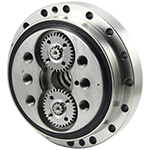
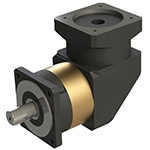
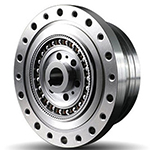
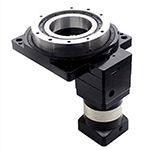
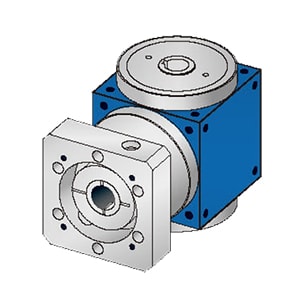
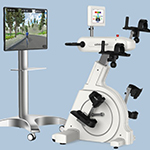
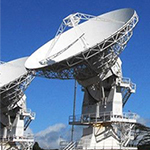
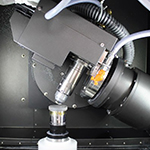
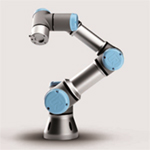
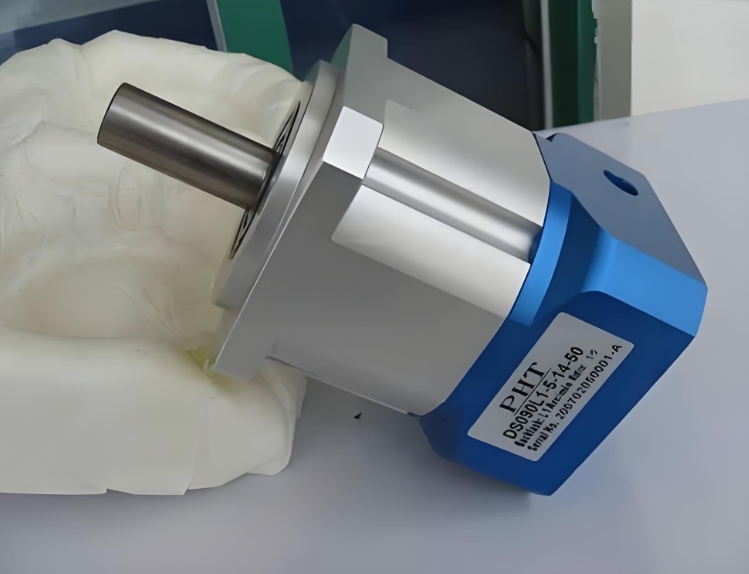
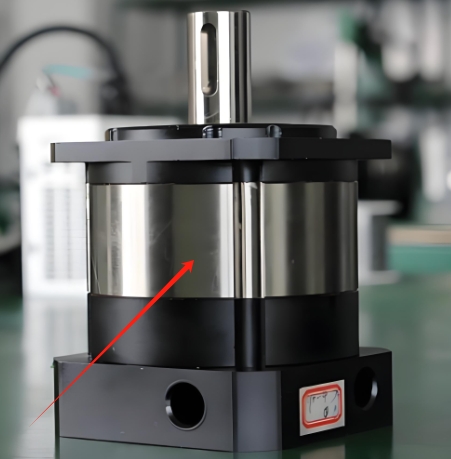
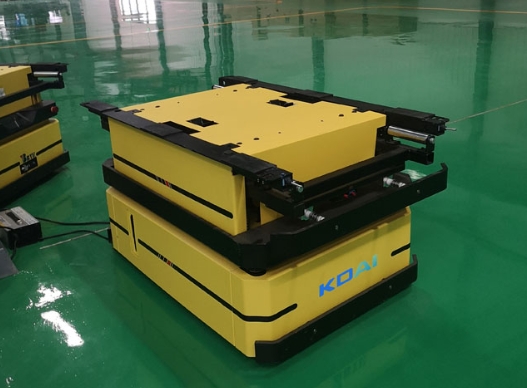
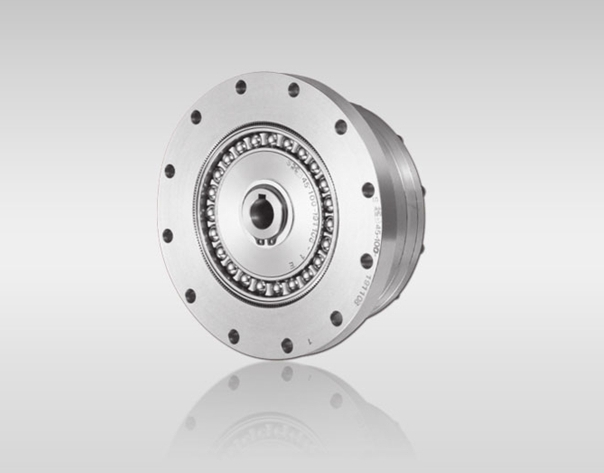
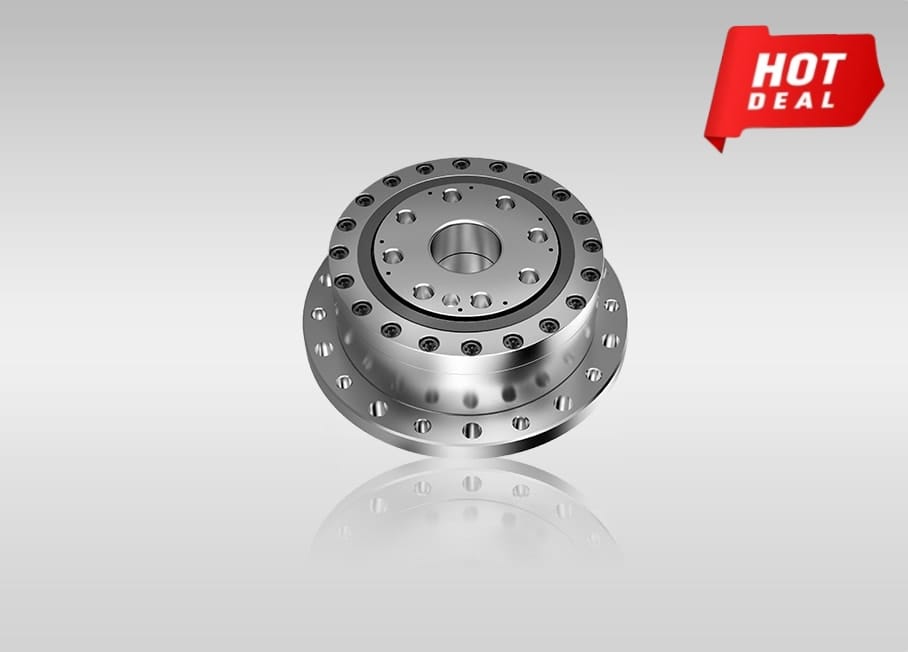
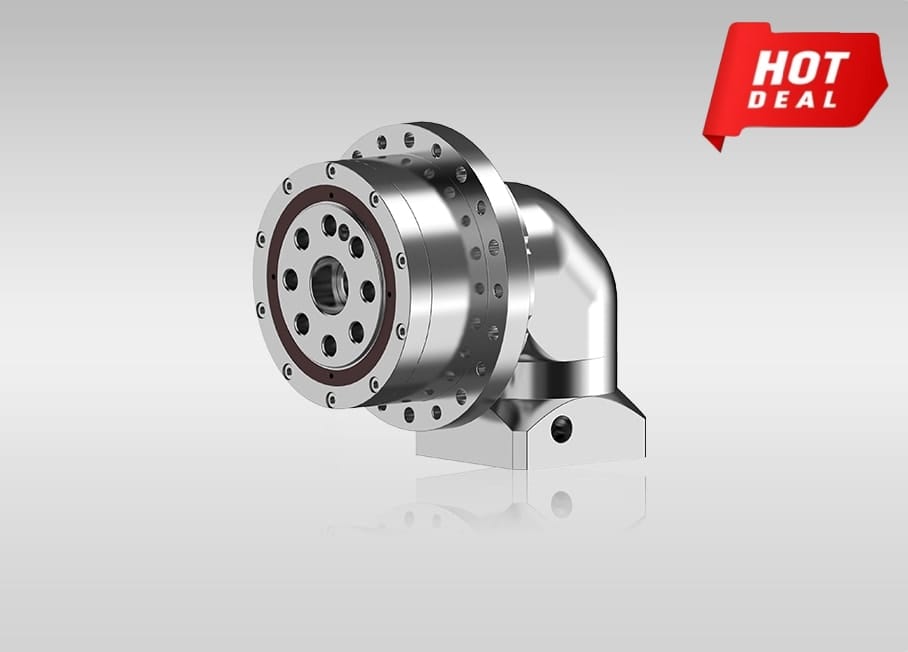
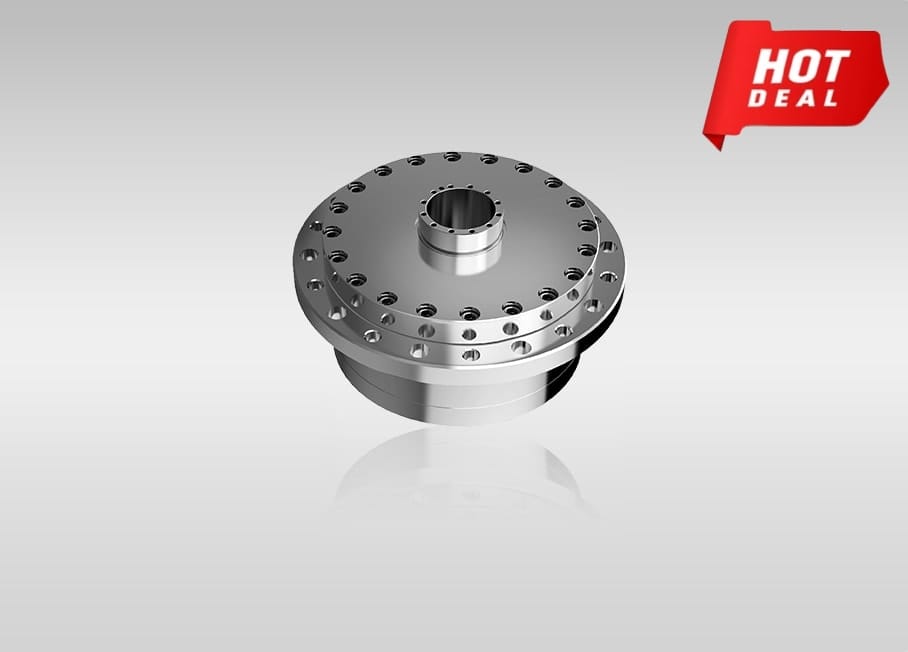
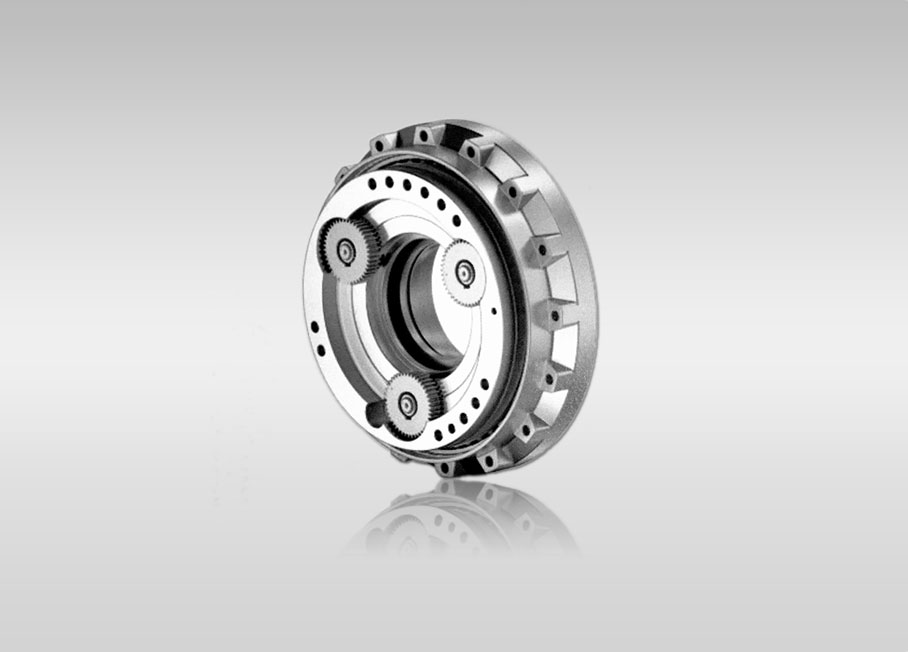
Quote Now